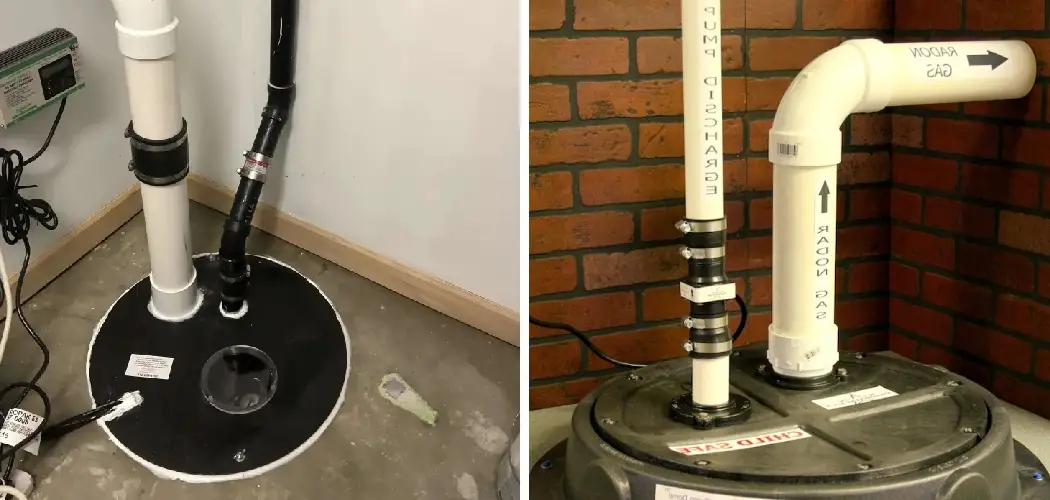Are you worried about radon gas seeping into your home? You’re not alone – it’s estimated that one in 15 homes across the United States has high levels of this dangerous radioactive gas, so having the plan to seal the sump pump cover is essential.
Fortunately, there are simple steps you can take to make sure that your sump pump cover is properly sealed to keep radon out – and after reading this post, you’ll learn how to seal sump pump cover for radon.
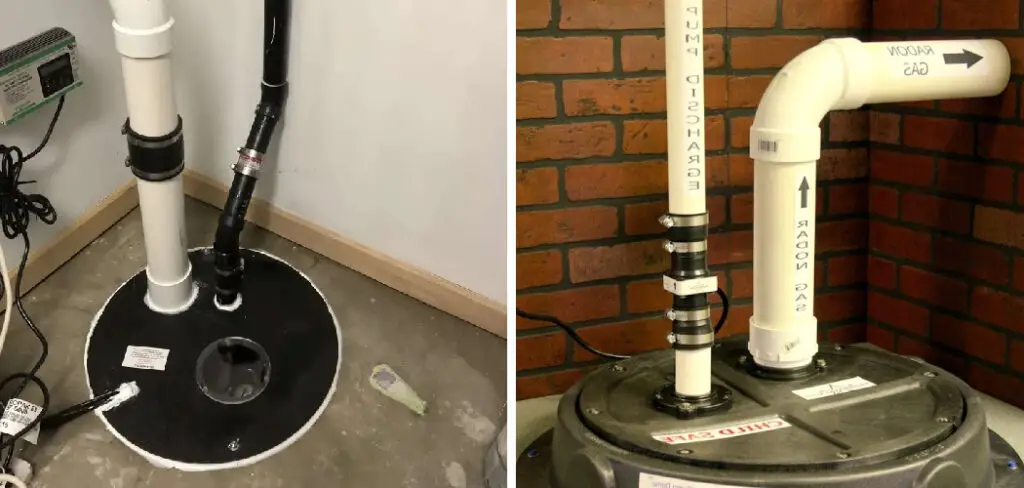
From understanding the importance of sealing sump pumps to evaluating existing ones and installing new covers, we’ve got everything covered here! So if you want peace of mind when it comes to keeping radon away from your family and your property, then read on as we explain how best to seal up a sump pump cover!
Does a Sump Pump Need to Be Sealed for Radon?
Yes, a sump pump should be sealed to prevent radon from entering your home. Radon is an odorless, colorless gas that is present in the soil and can easily penetrate cracks and openings in your foundation or walls. Sealing any potential pathways for radon entry is essential to avoid high concentrations of this dangerous gas inside your home.
The most effective way to seal off a sump pump cover is with a polyurethane sealant or foam insulation. This will help create an airtight barrier between the outside air and the interior of your home, preventing radon from coming in through the sump pump cover.
Additionally, it’s important to ensure that all electrical outlets and switches located near the sump pump cover are sealed as well. If any of these areas are not sealed properly, radon can easily pass through them and into your home.
It’s also important to inspect the sump pump cover regularly for any signs of wear or damage that could allow radon to enter your home. If you notice any gaps or cracks in the sealant, it’s important to apply additional caulk or foam insulation immediately.
This will help ensure an airtight seal against potential pathways for radon entry. Additionally, a professional inspection should be performed at least once a year to ensure that all seals are still intact and functioning properly.
By taking the necessary steps to seal off your sump pump cover, you can minimize the risk of radon entering your home and ensure that you and your family stay safe. Taking the time to properly seal a sump pump cover can make a huge difference in keeping your home and family healthy.
10 Methods How to Seal Sump Pump Cover for Radon
1. Install a Radon Mitigation Sump Cover
The most effective way to reduce the risk of radon entering your home is to install a radon mitigation sump cover. This cover seals the sump pump lid and prevents air from entering the house through the lid. When properly installed, it should create an impermeable barrier that blocks any radon from seeping into your home.
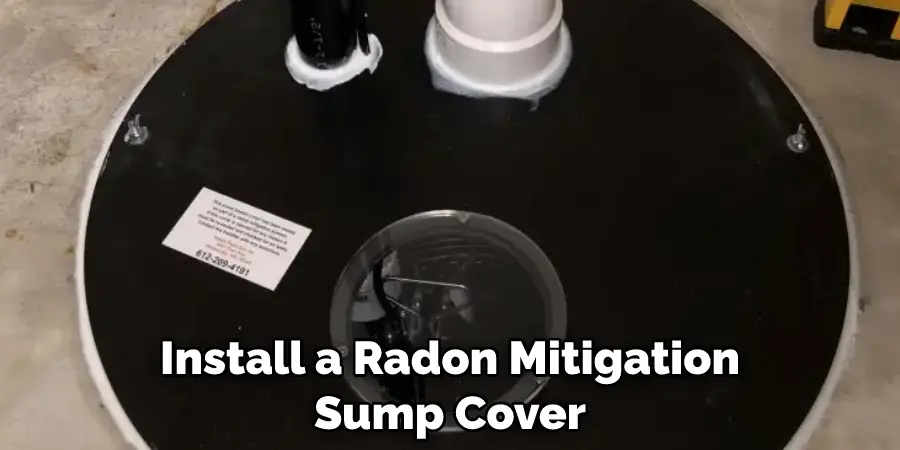
2. Apply Silicone Caulk
You can use silicone caulk to fill in any small gaps or cracks around the sump pump lid and prevent radon from entering your home. Make sure you apply the caulk evenly and completely seal off all openings around the lid before replacing it on the pump.
Use a putty knife or scraper to spread the caulk evenly, and allow it to dry for 24 hours before testing your home for radon. Once the caulk has dried, you can use a radon test kit to ensure that the seal is effective and your home is safe from radon contamination.
3. Use an Expandable Foam Sealer
An expandable foam sealer can be used to seal off large gaps around the sump pump lid, creating an effective barrier against radon infiltration in your basement. Follow the manufacturer’s directions when using this product, and make sure that all gaps are sealed tightly for maximum protection.
If you don’t want to use an expandable foam sealer, you can also use silicone caulk to create a tight seal around the lid. Make sure to follow the directions for both products and wear protective gloves and eyewear when using them.
4. Line Up Gasket Seals
If your sump pump comes with gaskets, you will need to line them up correctly, so they form a tight seal that keeps any radon from escaping into your home. If gaskets aren’t included with your unit, or if they have been damaged by age or wear and tear, you can purchase replacement gaskets at most hardware stores or online suppliers.
Make sure the gaskets fit your sump pump cover snugly and securely, with no gaps or spaces where radon could escape. Although it may take some time to get the gasket seals right, it’s important not to rush this step.
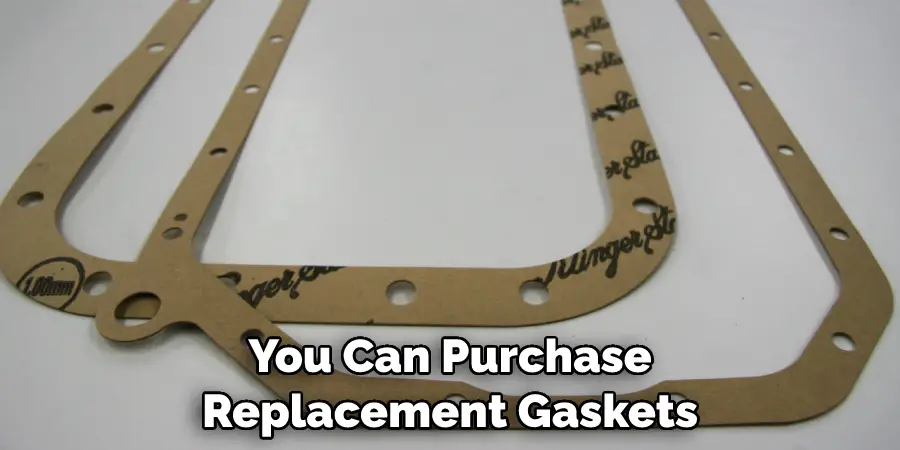
5. Replace Old O-rings
Over time, rubber O-rings can become brittle and develop cracks which can allow air to escape, potentially allowing radon entry into your basement. If you notice any signs of cracking or wear on your O-rings, replace them immediately with new ones for added protection against radon exposure in your home environment.
To replace the O-rings, first, remove the old ones and then insert new O-rings into the grooves of your sump pump cover. Make sure that the O-ring is properly seated in the groove before proceeding.
6. Install a Vapor Barrier
A vapor barrier is a plastic sheeting that is laid down over soil surfaces before cement slabs are poured for foundations, driveways, or walkways around homes where there is a risk of radon exposure due to underlying soil conditions containing high levels of uranium or other radioactive materials making up part of its composition.
Installing this barrier before pouring cement helps protect against underground gas infiltration into homes from above-ground sources such as sewer pipes running underneath it as well as preventing potential exposure to harmful airborne particles like dust mites, mold spores, etc., inside living spaces in houses constructed on such sites prone to these forms of contamination issues related to soil content.
7. Check Electrical Connections
Be sure all electrical connections are secure and free from moisture which could cause short circuits when exposed to water after heavy rains or snow storms as these could result in power outages leading to the failure of pumps operating important systems such as those responsible for clean drinking water supply within homes thus causing potential health risks associated with contaminated water consumption leading many serious illnesses, especially among young children thus always checking these connections regularly would help ensure safety on this front.
If unsure about their condition, consult a certified electrician to inspect and resolve any issues. Although these connections are typically waterproof and not prone to failure, it is still important to ensure they are functioning correctly.
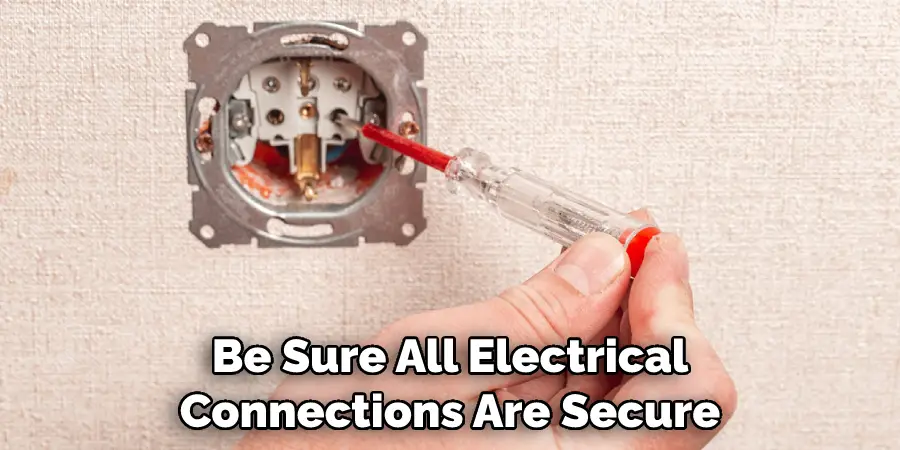
8 . Perform Regular Maintenance
Proper maintenance is essential for keeping all components of a sump pump working optimally and efficiently, thus reducing chances for general malfunctioning resulting in inadequate pressure necessary for proper functioning, which results in not being able to keep up with demand during periods requiring more intense usage such as heavy downpours due flooding, etc.
Thus regular upkeep will also help keep off any potential leaks caused by faulty parts that might lead to unwanted gases like Radon entering residential premises posing major health hazards due to their carcinogenic nature, ultimately necessitating expensive repairs/ replacements if left unchecked till too late.
9 . Use Waterproof Paint
Applying waterproof paint on top of the sealing measures mentioned above provides additional layer defense against moisture seepage through substructures, thereby further shielding inhabitants from being exposed to dangerous substances.
Including Radon coming into contact with the indoor environment since even the slightest trace amounts sufficient cause irreparable damage, so painting surfaces must be done using specialized products designed purpose ensuring complete coverage and avoid hazardous outcomes later down the road.
10 . Inspect the Basement Regularly
Regularly inspect the basement for signs of possible gas leakage & check ventilation ducts assure no leakages occur there either since this serves main entry point for airborne contaminants into dwellings plus, look for structural integrity walls and floors to ensure everything is structurally sound in order to avoid weakening the foundation leading to possible collapse.
Always keeping an eye out for early warning signs is better safe than sorry when it comes safety family’s health & safety. Inspecting the basement will help ensure no risk takes place inside the home & person living can rest easy knowing they’re safe.
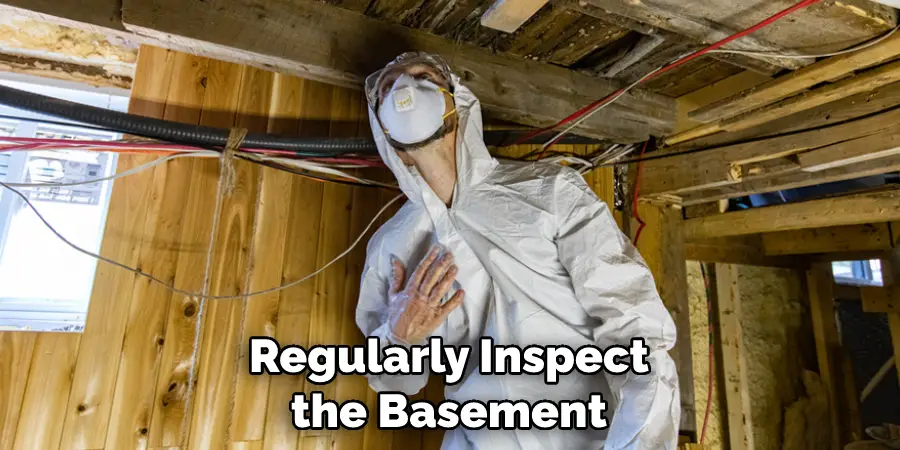
Conclusion
With just a few simple tools and materials, and some basic skills and knowledge, you can turn your DIY project into a success with great results. And above all else, safety should be your number one priority – so if in doubt, contact a professional or seek additional advice to make sure everything is sealed up properly. Thanks for reading, and we hope this has given you some inspiration on how to seal sump pump cover for radon!

